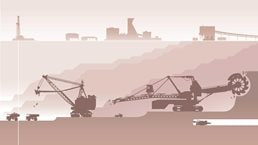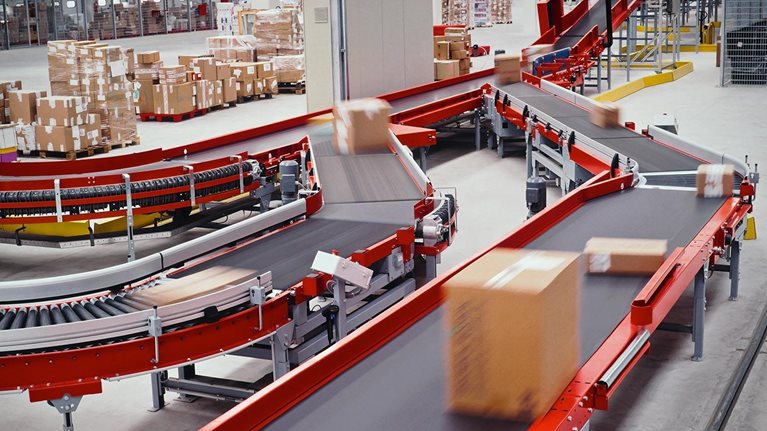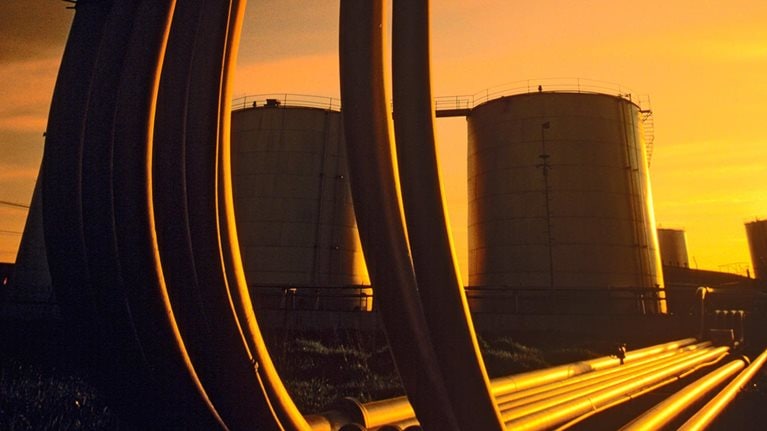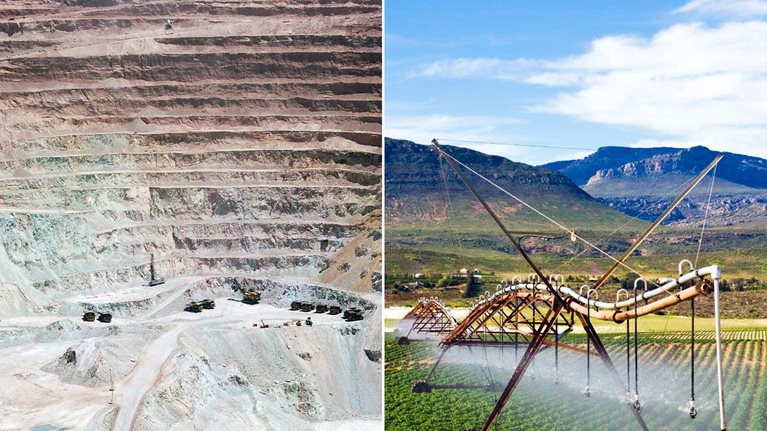The world of commodities over the past 15 years has been roiled by a “supercycle” that first sent prices for oil, gas, and metals soaring, only for them to come crashing back down. Now, as resource companies and exporting countries pick up the pieces, they face a new disruptive era. Technological innovation—including the adoption of robotics, artificial intelligence, Internet of Things technology, and data analytics—along with macroeconomic trends and changing consumer behavior are transforming the way resources are consumed and produced.
Stay current on your favorite topics
On the demand side, consumption of energy is becoming less intense and more efficient as people use less energy to live their lives and as energy-efficient technologies become more integrated in homes, businesses, and transportation. In addition, technological advances are helping to bring down the cost of renewable energies, such as solar and wind energy, handing them a greater role in the global economy’s energy mix, with significant effects for both producers and consumers of fossil fuels. On the supply side, resource producers are increasingly able to deploy a range of technologies in their operations, putting mines and wells that were once inaccessible within reach, raising the efficiency of extraction techniques, shifting to predictive maintenance, and using sophisticated data analysis to identify, extract, and manage resources.
A new McKinsey Global Institute report, Beyond the supercycle: How technology is reshaping resources, focuses on these three trends and finds they have the potential to unlock around $900 billion to $1.6 trillion in savings throughout the global economy in 2035 (exhibit), an amount equivalent to the current GDP of Canada or Indonesia. At least two-thirds of this total value is derived from reduced demand for energy as a result of greater energy productivity, while the remaining one-third comes from productivity savings captured by resource producers. Demand for a range of commodities, particularly oil, could peak in the next two decades, and prices may diverge widely. How large this opportunity ends up being depends not only on the rate of technological adoption but also on the way resource producers and policy makers adapt to their new environment.


Discover technology’s impact on natural resources
This interactive graphic explores how recent trends could affect supply and demand for resources.
Policy makers could capture the productivity benefits of this resource revolution by embracing technological change and allowing a nation’s energy mix to shift freely, even as they address the disruptive effects of the transition on employment and demand. Resource exporters whose finances rely on resource endowments will need to find alternative sources of revenue. Importers could stock up strategic reserves of commodities while prices are low, to safeguard against supply or price disruptions, and invest in infrastructure and education.
For resource companies, particularly incumbents, navigating a future with more uncertainty and fewer sources of growth will require a focus on agility. Harnessing technology will be essential for unlocking productivity gains but not sufficient. Companies that focus on the fundamentals—increasing throughput and driving down capital costs, spending, and labor costs—and that look for opportunities in technology-driven areas may have an advantage. In the new commodity landscape, incumbents and attackers will race to develop viable business models, and not everyone will win.

The future is now: How to win the resource revolution
While the changes facing resource producers and policy makers are likely to be complex and numerous, the rewards of greater productivity, faster growth, and a less resource-intense economy can benefit all.


